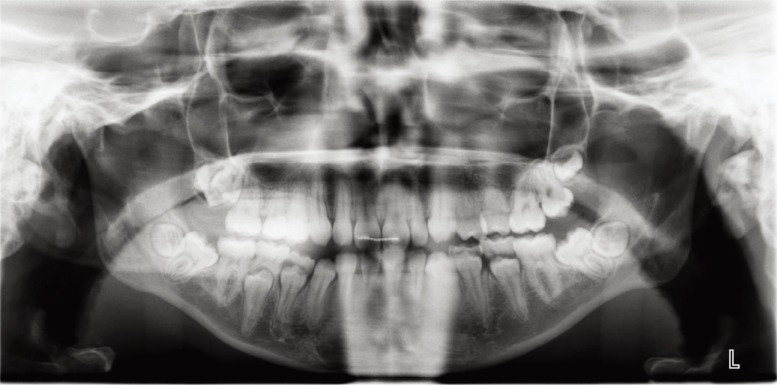J Dent Anesth Pain Med.
2020 Feb;20(1):39-44. 10.17245/jdapm.2020.20.1.39.
Minimizing the risk of perioperative cardiovascular complications in homozygous familial hypercholesterolemia: a case report
- Affiliations
-
- 1Triangle Implant Center, Mebane, NC, USA. skhan@triangleimplantcenter.com
- 2Duke Regional Hospital, Durham, NC, USA.
- KMID: 2471172
- DOI: http://doi.org/10.17245/jdapm.2020.20.1.39
Abstract
- Homozygous familial hypercholesterolemia (HoFH) is a rare inherited disorder that presents as abnormally elevated levels of low-density lipoprotein cholesterol and premature heart disease, requiring frequent intervention through lipid apheresis for management. The risk of perioperative cardiac events is higher in patients with HoFH because of its pathophysiological manifestations in the vascular system. Careful cardiac precautions and anesthetic assessments are necessary to ensure patient safety. In the following case report, we discuss the clinical course and anesthetic considerations for a 14-year-old girl with HoFH undergoing sedation for dental extractions and mandibular molar uprighting in an outpatient oral surgery clinic. Considerations included the use of heparin in the patient's weekly plasma lipid apheresis treatment. In order to reduce the risks of peri- and postoperative bleeding and perioperative cardiac events, the operation was scheduled for 4 days after apheresis. This allowed for adequate heparin clearance, while also reducing the likelihood of possible cardiac events. A literature review revealed no results for the outpatient management of patients with HoFH undergoing sedation for noncardiac procedures. Our reported case serves as a clinical example for physicians to be utilized in the future.
MeSH Terms
Figure
Reference
-
1. Singh S, Bittner V. Familial hypercholesterolemia--epidemiology, diagnosis, and screening. Curr Atheroscler Rep. 2015; 17:482. PMID: 25612857.
Article2. Gidding SS. Managing patients with homozygous familial hypercholesterolemia. J Am Coll Cardiol. 2017; 70:1171–1172. PMID: 28838367.
Article3. Robinson JG. Management of familial hypercholesterolemia: a review of the recommendations from the National Lipid Association Expert Panel on Familial Hypercholesterolemia. J Manag Care Pharm. 2013; 19:139–149. PMID: 23461430.
Article4. Cuchel M, Bruckert E, Ginsberg HN, Raal FJ, Santos RD, Hegele RA, et al. Homozygous familial hypercholesterolaemia: new insights and guidance for clinicians to improve detection and clinical management. A position paper from the Consensus Panel on Familial Hypercholesterolaemia of the European Atherosclerosis Society. Eur Heart J. 2014; 35:2146–2157. PMID: 25053660.
Article5. Ladha S, Makhija N, Kiran U, Aarav SK. Homozygous familial hypercholesterolemia: anesthetic challenges and review of literature. World J Pediatr Congenit Heart Surg. 2017; 2150135117702127. PMID: 28952401.
Article6. Raal FJ, Hovingh GK, Catapano AL. Familial hypercholesterolemia treatments: guidelines and new therapies. Atherosclerosis. 2018; 277:483–492. PMID: 30270089.
Article7. Raal FJ, Santos RD. Homozygous familial hypercholesterolemia : current perspectives on diagnosis and treatment. Atherosclerosis. 2012; 223:262–268. PMID: 22398274.8. Cartier JL, Goldberg AC. Familial hypercholesterolemia: advances in recognition and therapy. Prog Cardiovasc Dis. 2016; 59:125–134. PMID: 27477957.
Article10. Cohn SL, Fleisher LA. Evaluation of cardiac risk prior to noncardiac surgery. Waltham, MA: UpToDate;2019.
- Full Text Links
- Actions
-
Cited
- CITED
-
- Close
- Share
- Similar articles
-
- Intertriginous Xanthoma in an Infant with Familial Hypercholesterolemia
- Individualized Treatment for Patients With Familial Hypercholesterolemia
- A Case of Familial Hypercholesterolemia with Diabetes Mellitus
- Multiple Xanthomas in a Patient with Familial Hypercholesterolemia: A Case Report
- Penetrating Atherosclerotic Ulcer of the Descending Thoracic Aorta in a Patient with Heterozygote Familial Hypercholesterolemia



